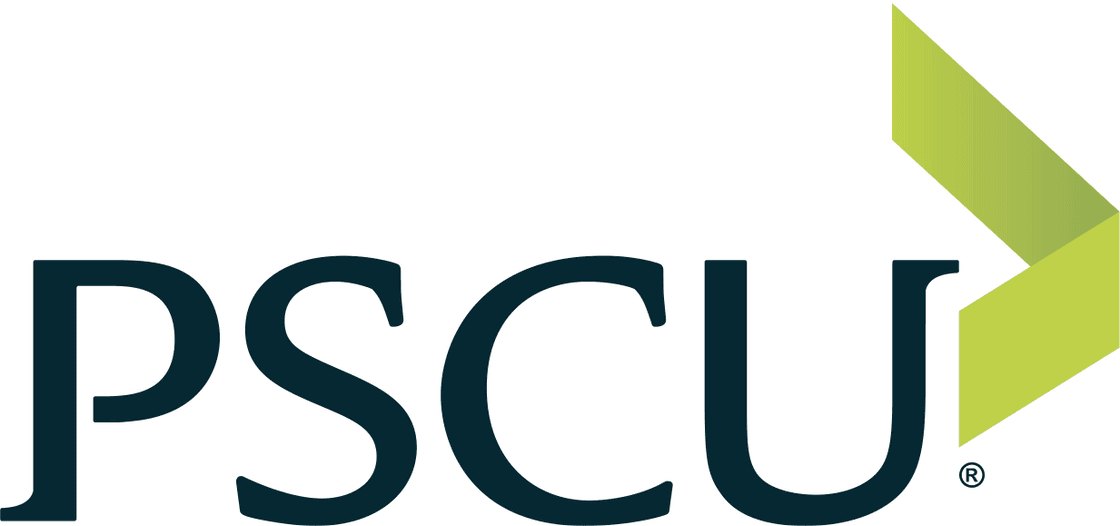Executive Summary
Your level 79 Barbarian hacks, slashes, and “berserks” his way through the Durance of Hate to find Mephisto, the first of the three prime evils that torment the land of Sanctuary. As you run out of health potions, your playing partner, a level 82 sorceress, teleports over to land a critical meteor strike that brings the demon to its evil knees. This isn’t the first time you two have beaten Mephisto, but it’s the most rewarding time. After five hours making “Meph runs” to level up, the experience points gained in this latest quest finally turn your avatar into a level 80 warrior. Even better, Mephisto dropped the nearly impossible-to-find Mara’s Kaleidoscope amulet, which will help your partner become even better on the next run. A feeling of accomplishment and euphoria rushes over your body.
You have no idea that it is 3 a.m. and that you have to be at work in five hours. You have never felt so valuable, so brave, or so accomplished. At this strength, your team can consider making runs to kill the much tougher, but much more rewarding, Diablo. It’s time to destroy some more demons!
This is the game player in a state of flow, or optimal experience—an everyday experience for many of your credit union members.
What is the research about?
As credit unions struggle to improve member financial behavior, skills, and capacity; engage audiences; and optimize organizational performance, a key question should be asked: Should we be thinking more like game designers?
The Filene Research Institute has spent considerable resources over the past decade studying, piloting, and researching ideas that leverage game thinking. Our work with Save to Win uses the appeal of lottery-type games to encourage low-wealth consumers to develop positive savings habits. The i3 Idea Savings Challenge took advantage of game dynamics to encourage families to reduce debt and increase savings. A 2012 pilot with Save to Win is studied how game thinking can encourage better financial behaviors.
This innovation brief puts the theory and practice of game thinking to work for credit unions. You will learn how game designers approach solving problems and engaging audiences, the psychology of game players, and practical examples that your credit union can implement right away.
What are the credit union implications?

Worldwide, three billion hours are spent playing video games each week. The five million “extreme” gamers in the United States play an average of 45 hours per week, more than the average worker spends earning a living. In contrast, consumers spend only 2.6 hours per month on financial planning and budgeting.
Why? Games are fun, while personal finances are boring or over-whelming. Games are engaging; personal finances are simply unwelcome chores. Games help people escape reality; personal finances force an outright confrontation with it.
Gamification, the application of “game thinking and game mechanics to engage audiences and solve problems,” has helped Ford Motor Company improve fuel economy, Weight Watchers inspire better eating habits, and Nike create a thriving community for physical fitness. It can help credit unions as well.
Key findings for credit unions include:
- Keep score and design effective leaderboards. Game players expect feedback for nearly every action they take. They want to know how they have done, how they stack up against their peers, and how much they have improved over time. Credit unions must shorten the feedback loop associated with positive (and negative) member financial behaviors, employee performance, and board participation.
- Ideal self versus real self. Game players are more likely to enjoy and become intrinsically motivated to play a game when it allows them to experience ideal self characteristics. This force is even stronger for players with a large difference between their ideal and perceived actual selves. Online banking experiences, loan applications, and balance inquiries serve as blunt reminders of reality. Gamified financial services may motivate consumers by allowing them to experience, and learn from, their ideal selves.
- Outcome certainty is boring. The prize-linked savings program Save to Win proves the power of uncertain outcomes. A chance to achieve something new, win a valuable prize, or gain a new experience adds excitement to ordinary tasks.
If disengaged members, misaligned incentives, boring experiences, and unmotivated audiences are the demons of traditional financial services, gamification may be the Doombringer Champion Sword that can return hope to the credit union village. Fun is a magical potion. Use it wisely and abundantly
Sponsor

